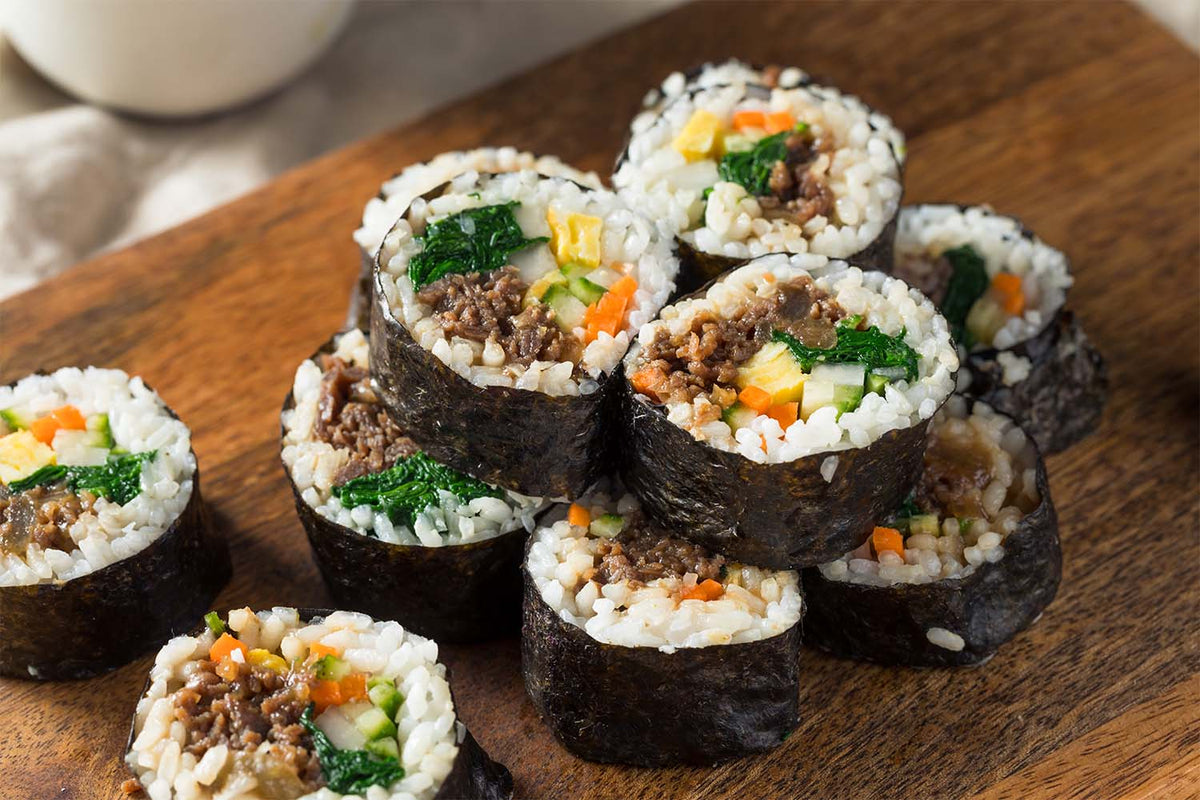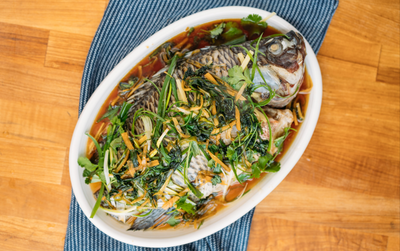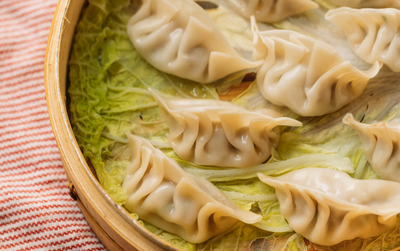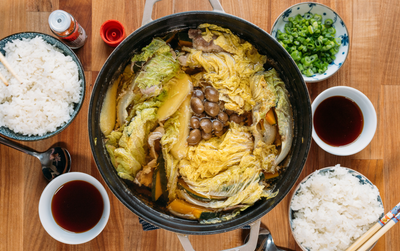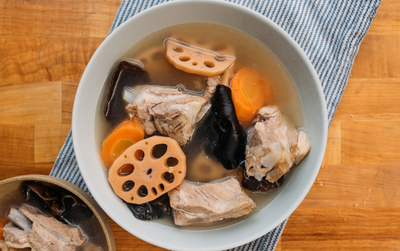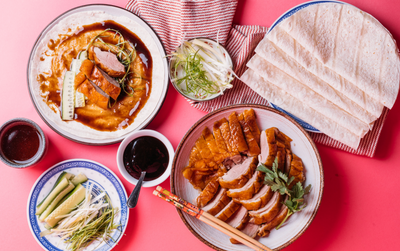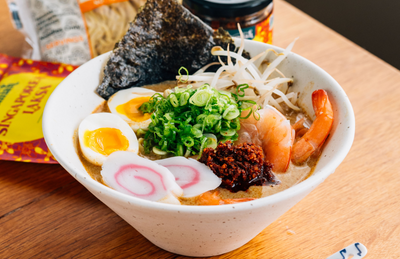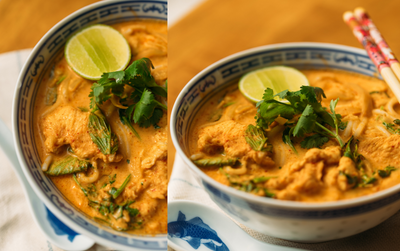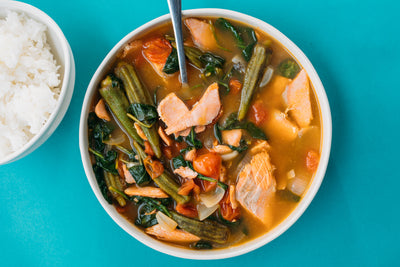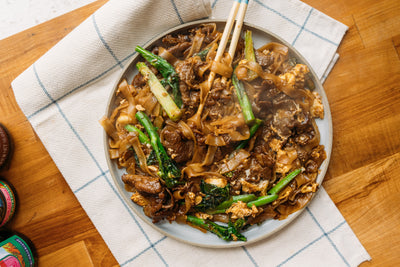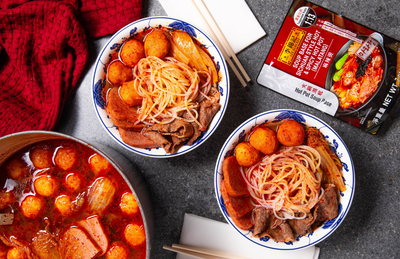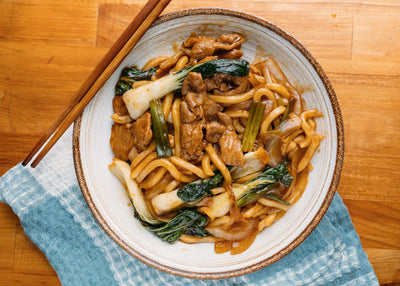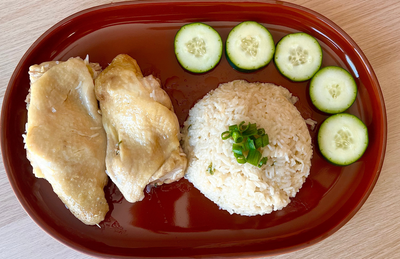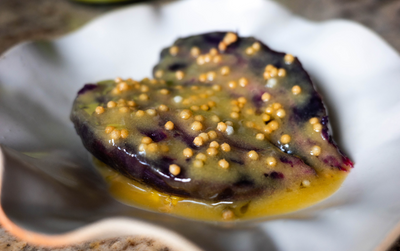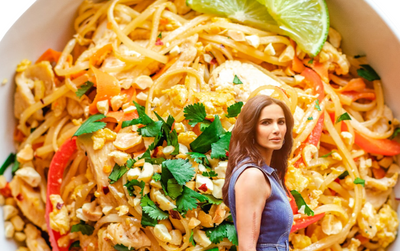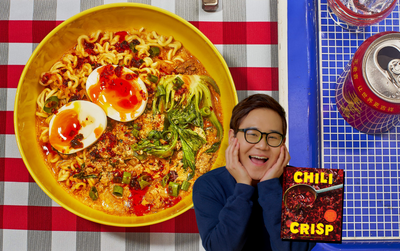How To Make Kimbap: A Korean Seaweed Rice Roll Recipe
Kimbap is nearly a “have it your way” seaweed roll. Not only does it have modifiable preparations, but there are also a few ways to spell kimbap. The most common alternative spelling is gim/kim means seaweed, and bap means cooked rice in Korean.
If you’re looking for something delicious and easy to take on your next day trip, you’ve found it. Kimbap is a popular grab-and-go food and often comes wrapped in aluminum foil. So today, we’ll get to the bottom of all that kimbap offers.
The only question you’ll be asking by the end is: why haven’t you ordered it yet?
What Are the Origins of Kimbap?

Kimbap looks very similar to sushi, and for a good reason. Korea in the past used to be heavily influenced by Japanese culture, and during that time, sushi was introduced. There are various differences between the two dishes, but kimbap was referred to as norikami – the name for Japanese sushi rolls.
One of the biggest differences has to do with the filling. Before Japanese influence, Korean culture had what was known as ssam, which is the wrapping of different foods with seaweed.
During the Joseun era, ssam became a daily way to eat your food. Rice and other items on the table would be wrapped in seaweed sheets and eaten one bite at a time.
What Ingredients Do I Need To Make Kimbap?
Ok, now that you appreciate the ideas of where kimbap came from, let’s get into the good stuff. All the items you’ll need to create a delicious and fun Kimbap experience at home.
Seaweed Sheets
Seaweed sheets, or nori, are used as the wrap for kimbap. They’re very thin, slightly salt and crunchy. Before using, we recommend sprinkling with a bit of water to soften them up and make rolling a breeze.
Sushi Rice
Traditional Japanese sushi rice is mixed with rice wine vinegar. For kimbap, however, add sesame oil to your rice. It provides a light nuttiness to your rice, and it is ideal for the heartier flavors that are commonly found in kimbap. You’ll want to let your rice cool down and get a sticky consistency before using it to roll your meal.
Cucumber
Cucumbers provide a crunchy factor to your kimbap and a lovely freshness. Leave the skin on when you cut into thin “sticks,” it’ll add nutritional value and enhance the crunchy texture of kimbap.
Carrots
Carrots are another veggie that you want to slice thinly. Julienne is a term that describes thin slices of vegetables that are cut on a bias or angle. For carrots, this is perfect. Naturally, carrots impart slightly sweet flavors to foods, so this is exactly what you’ll get here.
It will cut nicely through some of the other saltier, bigger flavors.
Grain Syrup

Grain syrup is used for cooking fish cakes or crab meat. Most of the ingredients, if not all, are slightly sauteed in a pan and cooled before being wrapped.
For the crab meat or fish cakes, you’ll want to toss these strips in a pan coated with a thin layer of grain syrup.
Eggs
Chefs everywhere will be proud of your omelet skills. You need light and fluffy scrambled egg slices to make kimbap properly. Scramble them and add them to a pan on low heat. Slowly increase the heat to medium as they cook.
This process might seem slow, but it will ensure the fluffiest of eggs. Once they’re done, remove them from the pan and slice them into strips.
Artificial Crab Meat
Surimi is only one of the many options for proteins in kimbap. Many recipes include beef or chicken, while others use saltier meats like spam. For the meat items, cooking them slightly in the grain syrup will add a sweet layer of flavor to the naturally saltier ones already present.
If you’re craving kimbap and need to use ingredients you can get out of your fridge, try lunch meats. Food items like sliced or thick-cut ham are salty enough to work well in kimbap. It will also retain the proper structure so your ingredients won’t fall apart.
Sesame Oil
Sesame oil is used for the rice but can also be added in a small drizzle as a finishing oil. Sesame oil is ideal because of its light texture and how it is quickly absorbed into food items without leaving a greasy residue or aftertaste. You’ll get slightly nutty notes from sesame oil which is a perfect addition to the salty and sweet notes.
Sesame Seeds
Sesame seeds are the perfect topping for kimbap. They’ll add to the nutty flavors of the sesame oil and provide a little texture. You’ll bite down on a sesame seed and get a little burst of flavor that will delightfully awaken your taste buds.
If you prefer very subtle nutty notes, go for white sesame seeds. Black sesame seeds are delicious but impart a much stronger flavor profile than the other.
Vegetable Oil
Vegetable oil is needed for cooking any meats and can be added to the grain syrup at the end. This can be better than olive oil because it’s lighter and can help the meat retain moisture better.
Olive oil will also add flavor and heaviness to foods that vegetable oil won’t.
It’s more suitable for items like kimbap that already have so many flavor layers you don’t want to throw off the balance. In addition to this, vegetable oil is better absorbed as compared to olive oil, so there isn’t a lot of grease left behind.
How Should I Serve Kimbap?
The process may be meticulous but easy to achieve. You’ll want to spread a sheet of seaweed wrapped out on top of a bamboo mat. Then you’ll need an even layer of rice on top of the wrap.
Decide what you want for fillings and make sure they’re tightly wrapped together. Almost like you would tie them up together and put them directly in the center of the rice. This is the trickiest part, so be careful but intentional with your movements.
You’ll need to start at one end and roll your bamboo mat over to the other side to close the roll. Once the ingredients are meshed together, release the pressure. Ensure your knife is sharp, and cut into half-inch thick pieces. Arrange on a plate on one of the flat sides, and you’re ready to enjoy.
Can I Make Kimbap With Tofu?
The short answer: definitely! Kimbap is traditionally a dish that can be altered to your wants and needs, so a vegan or vegetarian option is possible. For a great experience, fry the tofu before adding it to the roll. It will add a crunchy texture to the outside that perfectly contrasts the smooth center.
So we not only approve, we recommend trying, even if you eat meat. Tofu is a wonderful experience on the palate and great at soaking up flavors. You will be so busy enjoying your Kimbap that you won’t realize what meat is missing.
The Bottom Line
Kimbap is a wonderful experience that allows you to add fresh ingredients. The best part about this dish is that none of the fillings are hard to find and can be interchanged to your liking. Like with all food, you should be able to interpret dishes to fit your taste buds.
We are confident that you have all the knowledge and ingredients necessary to have the best kimbap experience possible. Kimbap is always a good idea whether you make it at home or order from your favorite spot.
Having a hard time finding these items? We’ve got you covered. Umamicart is an online Asian grocer with a curated selection of timeless staples and ingredients delivered straight to your door.
Sources:
